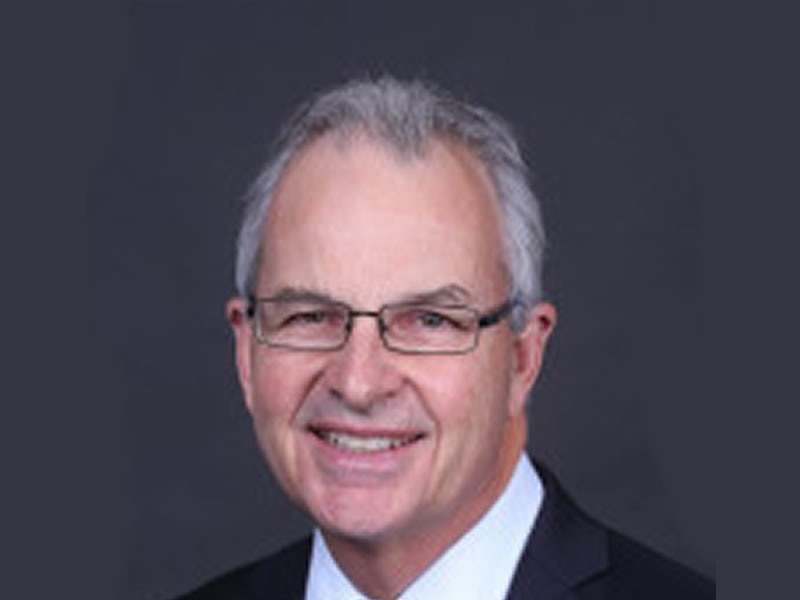I’ll bet you were wondering whether it was worth opening up yet another ‘Newsletter’ as we seem to get these in all sorts of formats and guises these days. I suspect most often they go direct to the ‘delete’ section of our devices. So thanks for reading this piece as we spent a bit of time trying to work out what might constitute a good newsletter for members of ISSHP, which we hope to deliver quarterly.
I’m conscious that ISSHP hasn’t had regular correspondence with members between conferences in the past and this is a primary intent of this newsletter viz. to try to engage with all members and have you feel a genuine part of this Society. I have been part of ISSHP and going to its conferences since the meeting in Amsterdam in 1984 and I know that this Society is made up of a great group of people with a genuine commitment to improving the outcomes for women and their babies when their pregnancy is complicated by hypertension. We have certainly come a long way since 1984 and it’s clear that our understanding of the science behind pre-eclampsia has grown exponentially; but we still have a way to go not just from a research point of view but also to ensure that the treatments we can give in one city or country can be available to all.
With this in mind you will find three excellent articles in this newsletter that address some key research issues underpinning pre-eclampsia and also how we as individuals and as a Society might make a meaningful difference for women living in low and middle income countries.
Also attached is an outline of the 7 point plan for ISSHP. In brief we aim to:
- Speak the same language for clinical management and research
- We will liaise with ISSHP, NICE, ACOG & Canadian Societies to see whether we can reach common ground about diagnosis & classification and with the Co-Lab group to continue to support this program
- Integrate basic science and clinical practice in all our meetings
- This was done well in the New Orleans meeting and will be a key principle for all sessions in the upcoming Sao Paolo meeting.
- Disseminate research widely
- Through our Journal – please note this is Pregnancy Hypertension: An International Journal of Women’s Cardiovascular Health and not any other journal – we have signed two new editors who are actively engaged to help keep review & publication times short. Take a look at the Journal on the website, it’s worth the visit.
- Newsletter – We have a draft timetable for expert commentaries to be included in the quarterly Newsletters from now on so you will have access to some real expertise in this field. The authors have also agreed to encouraging communication with any member about their articles.
- Website – it’s fair comment to say this needs a revamp so we are spending a little money on this. Louise Kenny is kindly leading the charge with this and you’ll see a real difference soon. And yes, that will also facilitate easier ways to pay you’re your subscriptions than we have at present.
- Strengthen ties with other organisations
- ISOM – Laura Magee is now President elect of both ISOM and ISSHP and is ideally placed to enhance the working relationship, including planning of conferences, between these two groups. It is only logical that ISOM and ISSHP work closely together and the ISSHP Council strongly supported this at its last meeting. ISSHP also is hosting a session at this year’s FIGO conference in Vancouver and we are grateful to Shaun Brennecke for arranging this.
- Make a difference for pregnant women in LMIC
- ISSHP now has a small group of experts in this area who give their time and expertise for this cause. Peter Von Dadelszen is chairing this subgroup and will include updates on progress in our newsletters in the future. ISSHP has already announced co-funding of a project with the Pre-eclampsia Foundation at the New Orleans meeting. We are also in discussion with Elsevier to have the paper copies of our Journal sent to Units in LMIC whilst the rest of us just receive electronic copies. Some members have also indicated a desire to provide a mentoring role for researchers and clinicians in LMIC if that is desired.
- Initiate a World Pre-eclampsia day
- Each of the countries represented on Council will hopefully initiate a week this year (possibly in May) in which to promote pre-eclampsia awareness.
- Support young investigators
- The organisers will work with ISSHP Council to ensure there is support for young investigators to attend the ISSHP meeting in Sao Paolo in 2016.
If you have any other suggestions as to how we might improve the outcomes for women with Hypertension in Pregnancy then please contact us on the Society’s email address. I hope this Newsletter is a small part of enhancing engagement within the Society and that you enjoy the information within.
I look forward to seeing you at our next ISSHP conference.
Mark Brown, President ISSHP.

